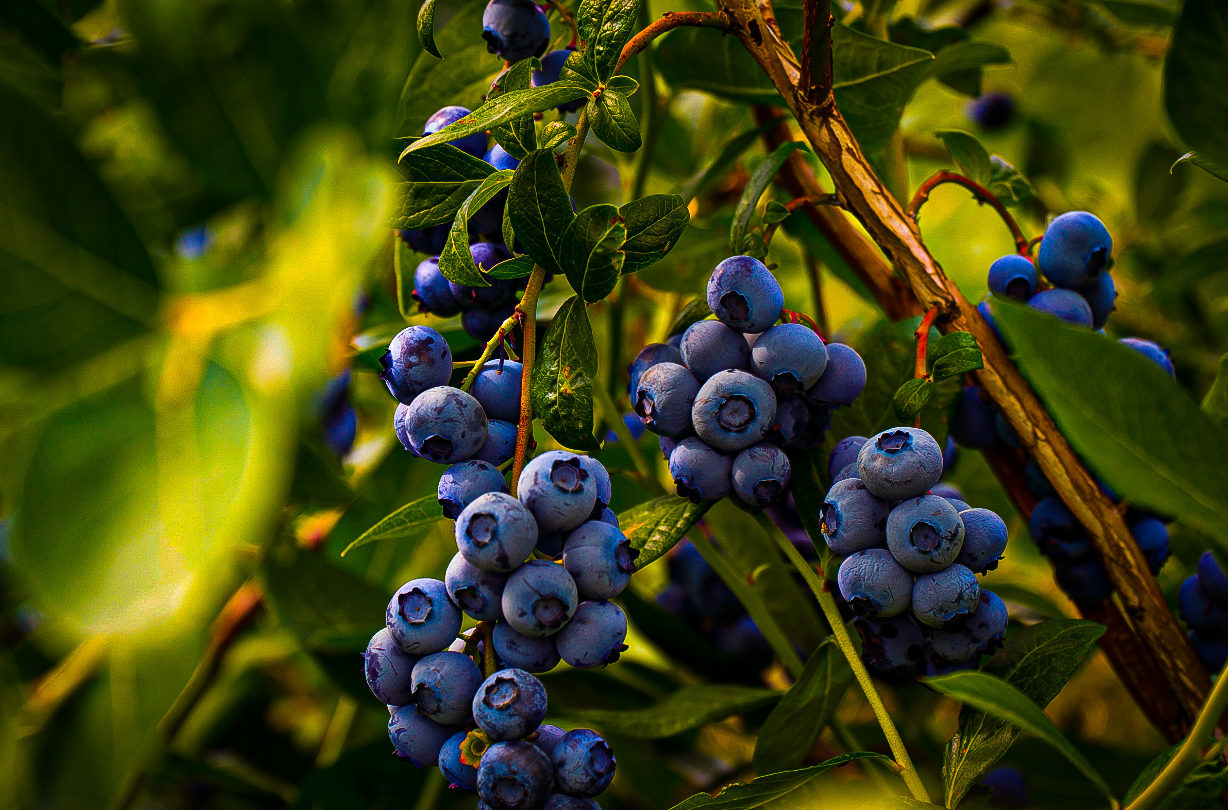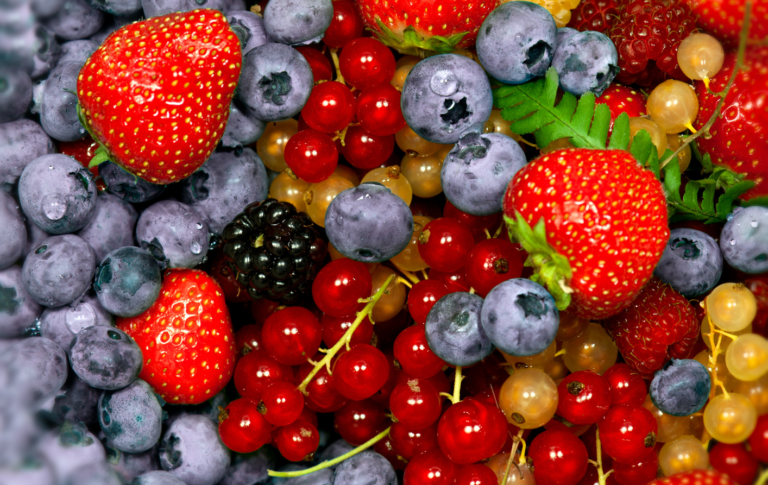Developing commercial blueberry cultivars adapted to the Pacific Northwest and that may tolerate Blueberry shock virus and testing new selections and cultivars from other programs
- Research Status: Project completed 2015-2016


Chad Finn and Bob Martin



Blueberry shock virus (BlShV) is a serious problem in blueberry production in the Pacific Northwest (PNW) region of North America. Infection occurs during bloom and the virus moves into other parts of the plant in an uneven but steady manner and may take several years to become fully systemic in mature bushes. In the year after infection, emerging flower and leaf tissues die rapidly at full bloom followed by regrowth. Once symptoms have been exhibited in all parts of the plant, the plant remains asymptomatic in subsequent years.
Infection in young plants of some cultivars can stunt the plant for the remainder of its life, however, more typically production is lost for one year. While there appears to be no immunity as tested by grafting, it has been recognized that the rate of infection varies among genotypes. Plants in the HCRU breeding program and at the NCGR, have been tested regularly by ELISA for BlShV, in some cases for nearly 20 years, and germplasm that is particularly slow to become infected has been identified. At Oregon State University, North Willamette Research and Extension Center (NWREC), ‘Legacy’ , ‘Toro’, ‘Bluecrop’, ‘Baby Blues’, ‘Darrow’ and all rabbiteye cultivars have tested negative for BlShV for over 10 years while growing among many known positive plants.
On the other extreme, ‘Berkeley’, ‘Bluegold’, ‘Brigitta Blue’, ‘Nui’ and ‘Spartan’ tested positive in the year following their 1st bloom. At the NCGR, ‘Bladen’, ‘Harding’, ‘Lateblue’, ‘Legacy’, ‘Razz’, US 612, US 693, US 845, and US 847 all tested negative after 20 years in the field. ‘Toro’ and ‘Bluecrop’, which had tested negative after 20+ years at NWREC, were positive at the NCGR, as were many Rabbiteye cultivars. Crosses will have been made among genotypes that are slow to test positive for BlShV to try to develop this trait in cultivars.
Identifying blueberry germplasm that is slow to get Blueberry shock virus in the Pacific Northwest United States
Pacific Northwest Plant Disease Management Handbook
Blueberries that are slow to get Blueberry shock virus – Chad Finn














